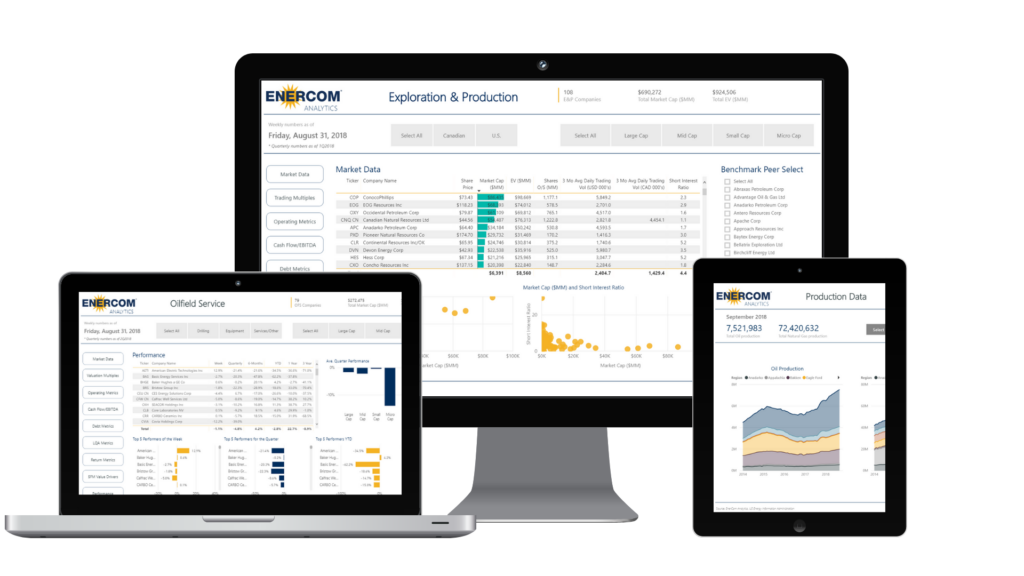(Investing) – Oil prices slipped lower Thursday, reversing sharp gains from the prior session after data showing an unexpected build in U.S. inventories raised some concerns over sluggish fuel demand.
At 08:20 ET (12:20 GMT), Brent oil futures for September fell 0.4% to $68.86 a barrel, while West Texas Intermediate crude futures dropped 0.3% to $67.27 a barrel.
Both contracts soared between 2.5% and 3% on Wednesday after Iran’s suspension of cooperation with the United Nations’ nuclear watchdog ramped up fears of a reescalation in hostilities in the Middle East.
But the gains did not hold, especially as markets remained on edge over increasing supplies elsewhere, while concerns over slowing demand also weighed.
OPEC+ expected to raise production again
The Organization of Petroleum Exporting Countries and allies, a group known as OPEC+, will meet over the weekend, with recent reports indicating that the cartel plans to boost production by 411,000 barrels per day in August.
While the hike is in a similar margin as those seen in July, June, and May, it still highlights the cartel’s plans to steadily unwind two years of sharp production cuts.
This unwinding in part is to offset the economic impact of prolonged weakness in oil prices, as well as to punish overproduction within the OPEC’s ranks.
Increased OPEC+ production also comes amid calls by U.S. President Donald Trump for the cartel to increase production and keep prices low. Trump has also urged U.S. oil producers to ramp up output.
“The expectation is that the group will go with another large supply increase of 411k b/d. Given the uncertainty, market participants will probably not want to carry too much risk into the long U.S. weekend,” said analysts at ING, in a note.
U.S. inventories unexpectedly grow
U.S. oil inventories grew by 3.85 million barrels in the week to June 27, government data showed on Wednesday, reversing course after an outsized 5.84 million-barrel draw in the prior week.
The print was accompanied by a hefty 4.19 million-barrel build in gasoline inventories, which raised questions about just how strong fuel demand will be this summer season.
Oil markets are also on edge over Trump’s trade tariffs, with Washington having signed only a few deals ahead of a July 9 deadline.
“Next week marks the end of President Trump’s 90-day reciprocal tariff pause. We could see tariff increases reinstated on some U.S. trading partners if trade deals are not concluded. This leaves a fair amount of uncertainty going into next week,” said ING.
Payrolls loom large
The focus Thursday was now on key nonfarm payrolls data for June, due for release later in the session.
The print is expected to show further cooling in the labor market, pointing to some economic cracks in the world’s biggest fuel consumer.
Ambar Warrick contributed to this article








